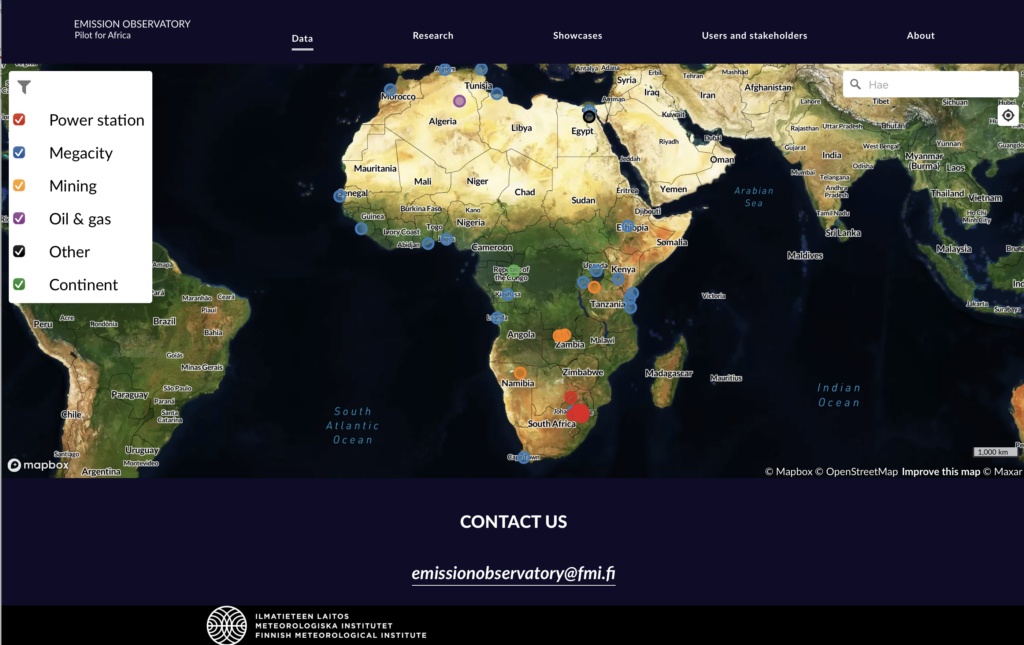Satellites have proven to be a powerful tool for monitoring individual emission sources from space. Recent research highlights the significant potential of satellite data to reveal previously unreported or underestimated emissions, especially in regions where official emission inventories are delayed or incomplete.
Tracking emissions from cities, power stations, and other major sources is critical for understanding and addressing climate change. In 2025, the Finnish Meteorological Institute (FMI) developed two new methods to estimate emissions using satellite observations.
Two New Satellite-Based Methods
1. Using Nitrogen Dioxide (NO₂) to Estimate CO₂ Emissions
The first method leverages satellite measurements of nitrogen dioxide (NO₂), a gas often emitted alongside carbon dioxide (CO₂), to improve CO₂ emission estimates. Using this technique, researchers found that emissions from the Matimba and Medupi power plants in South Africa were significantly underestimated in official inventories—likely because emissions from the newer Medupi plant are missing altogether. Similar gaps were found in the emissions data for cities like Baghdad, while inventories for cities in Western countries, such as Madrid and Las Vegas, were found to be more accurate.
2. LIME: Linear Integrated Mass Enhancement
The second method, called LIME (Linear Integrated Mass Enhancement), estimates emissions by analyzing how the mass of a gas plume increases linearly with distance from the source. This approach has been useful for example calculating methane emissions from industrial sites and gas leaks. It has already been applied to detect methane releases in Algeria and South Africa using two different satellite instruments.

Both methods contribute to the FMI’s Emission Observatory, an open-access web service that compiles emission data from individual sources such as cities and power plants—focusing especially on under-monitored regions like Africa.
The research was conducted in collaboration with leading international experts and supported by the Research Council of Finland.
Technical papers:
Janne Hakkarainen, Iolanda Ialongo, Tomohiro Oda, and David Crisp: A robust method for calculating carbon dioxide emissions from cities and power stations using OCO‐2 and S5P/TROPOMI observations, Journal of Geophysical Research: Atmospheres, Volume 130, 2025, https://doi.org/10.1029/2025JD043358.
Janne Hakkarainen, Iolanda Ialongo, Daniel J. Varon, Gerrit Kuhlmann, and Maarten C. Krol: Linear Integrated Mass Enhancement: A method for estimating hotspot emission rates from space-based plume observations, Remote Sensing of Environment, Volume 319, 2025, https://doi.org/10.1016/j.rse.2025.114623